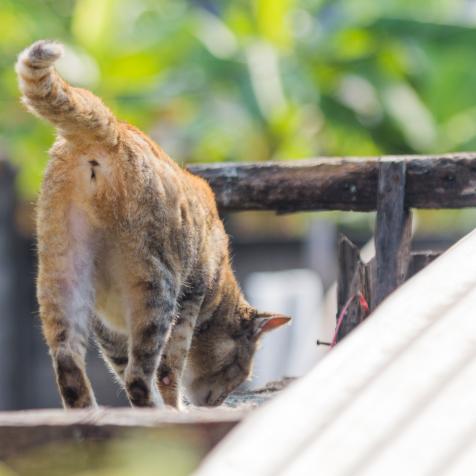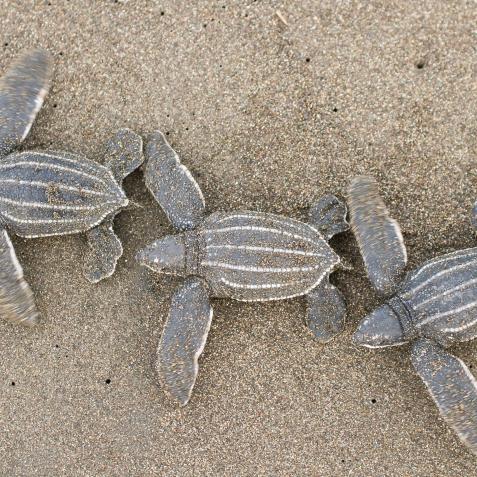
Most of What You Know About Daddy Longlegs Is Wrong
Daddy longlegs are one of the most venomous critters out there.
Of all the creepy-crawly critters out there, daddy longlegs must be the most mysterious. Are they spiders, or are they insects? Are they dangerous, or are they helpful bug eaters? If there's a daddy longlegs, is there a baby-longlegs? But there's one legend about these animals that rises above all others: Daddy longlegs are one of the most venomous animals there are, but in some cosmic joke, their fangs are too small to bite humans. Is it true? In a word: no. In more words: No, seriously, not at all, for real. Let us explain.

Shutterstock
Arachnophilia
Here's something you probably didn't know: Daddy longlegs both are and aren't spiders. That's because "daddy longlegs" is an informal term that can refer to two separate groups of animals. If you think back to biology class, you may remember that organisms are classified by a branching family tree of terms: Kingdom is at the top and branches off into different phyla (singular "phylum"), which in turn branches off into classes, then orders, families, genuses, and finally species.
Both types of daddy longlegs are in the class Arachnida — a category that contains everything from scorpions to ticks to spiders — but they're in different orders. The most common type of daddy longlegs, which some people also call "harvestmen," are in the order Opiliones. But there's another type of daddy longlegs (these ones are sometimes called "cellar spiders" and officially called Pholcidae) that's actually a spider, since it's in the order Aranea with every other true spider you know. You can tell the difference between the spider and non-spider daddy longlegs by their body shape. Spiders have segmented bodies; the bodies of harvestmen are all in one piece.
The Better to Eat You With, My Dear
So right out of the gate, this playground legend is already kind of useless; the two kinds of daddy longlegs aren't even that closely related, so they can't both have the deadliest venom. And as a matter of fact, neither of them does.
When it comes to harvestmen, you might as well be just as afraid that a ladybug will bite you. These bugs don't have venom glands, fangs, or anything else they can use to subdue prey. They generally eat decomposing plants and animals, killing small prey here and there when the opportunity presents itself. But humans? As the saying goes, they're probably more scared of you than you are of them.
Cellar spiders do have venom and fangs, but for them, the legend just isn't based in fact: There's no evidence that their venom is toxic to humans, but there's also no evidence that their fangs can't penetrate human skin. According to entomologist Rick Vetter, there are no studies that have tested how lethal their venom is to mammals — even to lab mice. And while their fangs are pretty small, Vetter points out that they work the same way as the fearsome brown recluse spider, which is certainly able to bite humans. Most likely, a cellar spider could bite you, but it wouldn't cause much harm.
In the end, it's best to treat these creatures like any other harmless species: leave them be. If they're in your home, you could try trapping them under a glass and taking them outside. But playground legends aside, they're not a threat — no matter which daddy longlegs you're actually talking about.
This article first appeared on Curiosity.com.


















